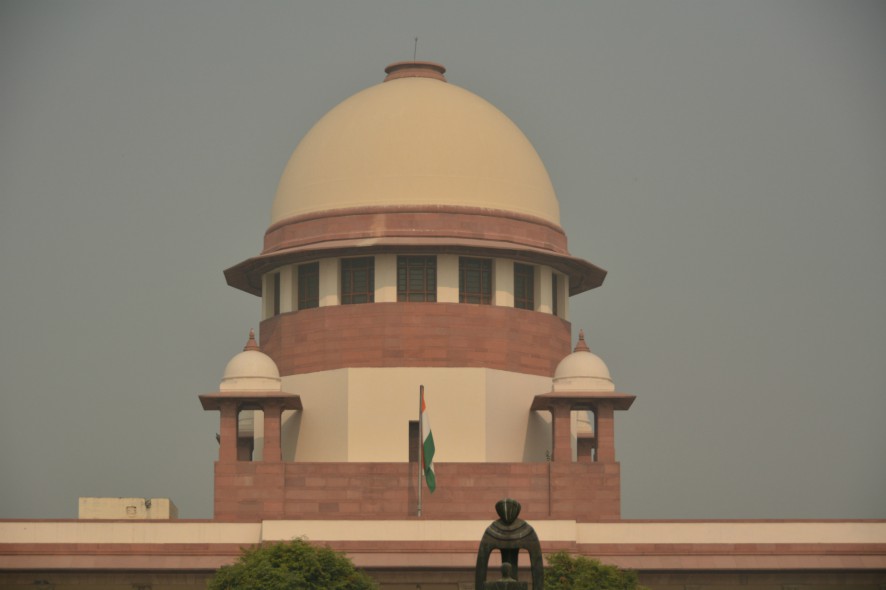Supreme Court: Terming the inadequacy of judges to be the root cause for the delay in disposal of cases resulting in huge backlog, the 3-Judge Bench of T.S. Thakur, CJ and Dr. D.Y. Chandrachud and L. Nageswara Rao, JJ said that until National Court Management Systems Committee (NCMSC) formulates a scientific method for determining the basis for computing the required judge strength of the district judiciary, the judge strength shall be computed for each state, in accordance with the prevailing ‘Unit system’ of the High Courts.
Under the ‘Unit system’, weightage is given to cases based on their nature and complexity. The High Courts have established disposal norms for the district judiciary based on units allocated for disposal of different cases. On the basis of the units prescribed, performance is rated from “excellent” and ‘very good’ to ‘unsatisfactory’. Earlier, the ‘rate of disposal method’ was being applied to resolve this issue. Under the Rate of Disposal Method, the Commission first looked at the current rate at which judges dispose of cases and how many additional judges working at a similar level of efficiency would be required so that the number of disposals equals the number of institutions in any one year time frame. However, the method was criticized on the ground that a lower rate of disposal may not necessarily reflect upon the efficiency with which a judge has conducted the court. Trials are held up because of a paucity of public prosecutors, absence of witnesses on dates fixed for trial, laxity of police in service of summons, etc.
The Court said that while prescribing units for disposal, a robust attempt must be made by the High Courts to ensure that due importance is given to the disposal of old cases. The units prescribed for disposal must provide adequate incentives to attend to complex and time consuming cases. It was also said that the District judges with long years of experience in the service are in a position to appreciate practical realities and to indicate the manner in which the unit system can be revised in each state to encourage judges at both the trial and the appellate level to take up those cases which consume judicial time and which should not be placed on the back-burner for fear that the judge will not be able to fulfill the units expected. The Chief Justices should initiate the process of revising unit based norms in relation to their states.
The Court further said that in prescribing the judge strength it is necessary to ensure that a backlog does not result in the future as a result of an increase in annual filings. One method of estimating the extent of the increase in future filings is to have regard to the increase reflected over a comparable period in the past for which data is available. Those figures can be extrapolated to determine the increase in annual filings. The enhancement in the strength of the district judiciary should be such that a ‘five plus zero’ pendency is achieved i.e. wiping out the backlog within a target period of five years.
The Court has requested the NCMSC to submit it’s final report by 31 December 2017. [Imtiyaz Ahmad v. State of U.P., 2017 SCC OnLine SC 7, decided on 02.01.2017]







